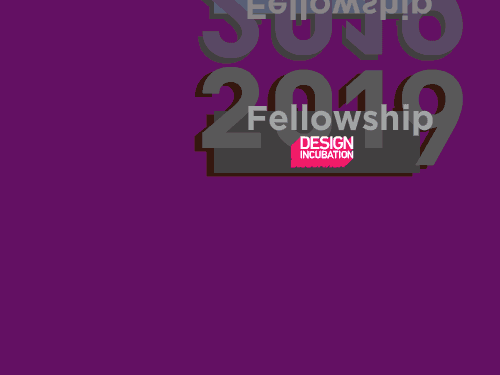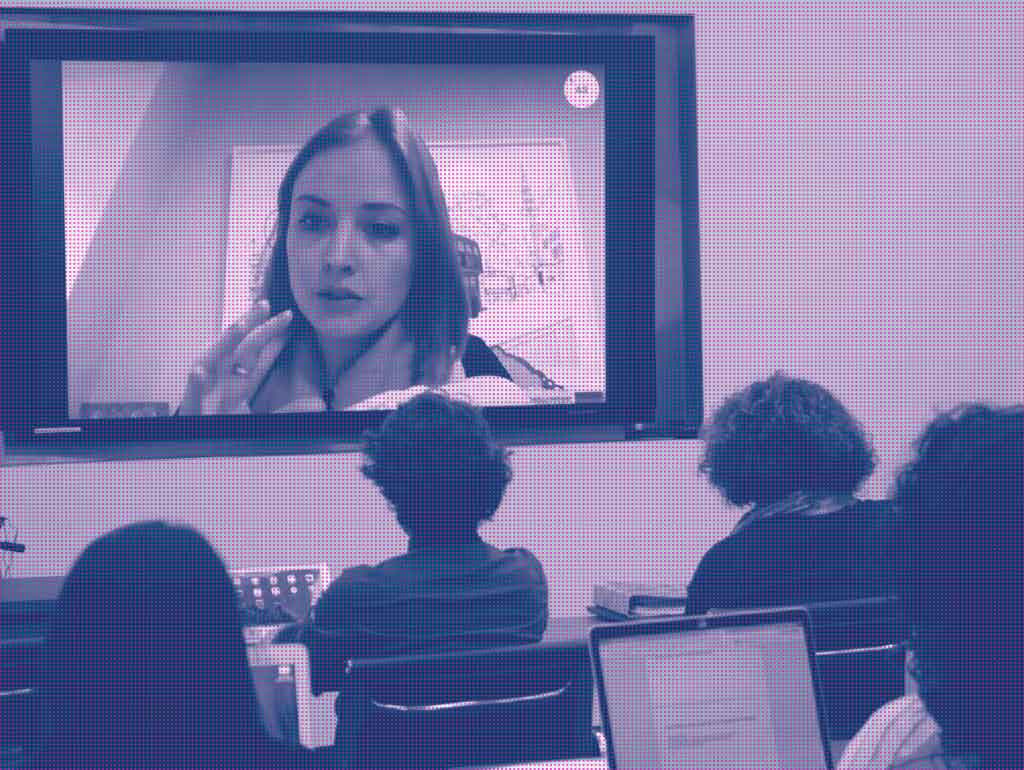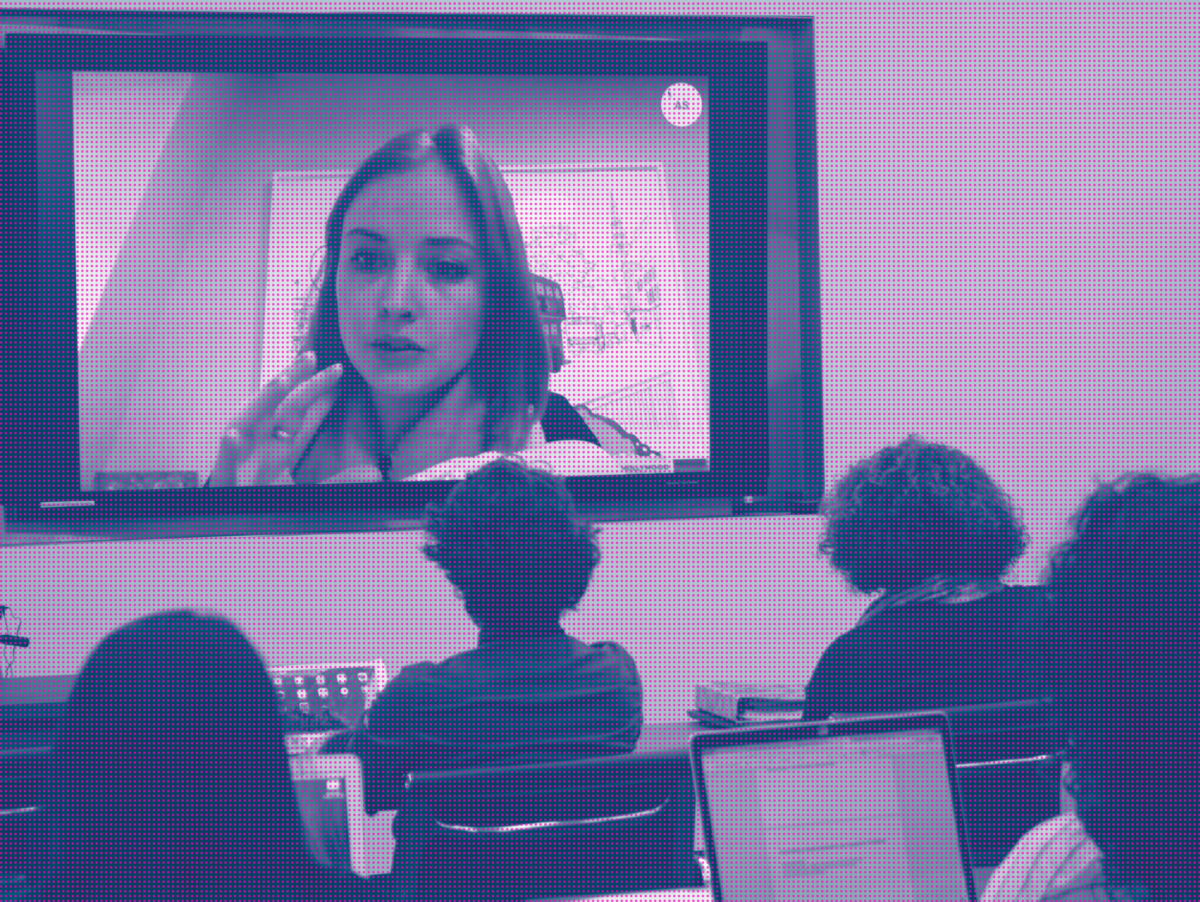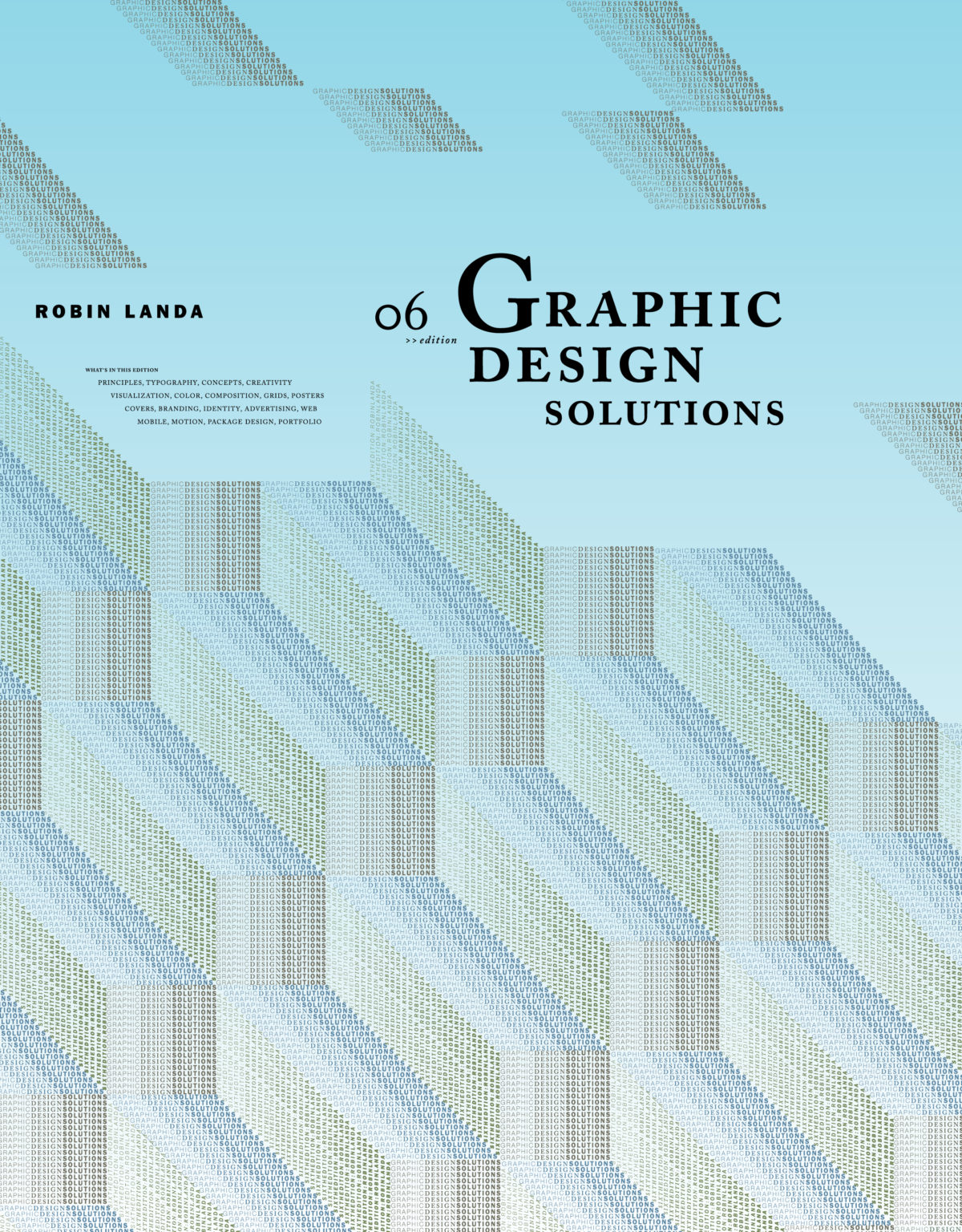Application deadline: October 15, 2019
Fellowship dates: June 4–June 6, 2020
Location: St. John’s University, Manhattan Campus, 51 Astor Place, New York, NY 10003
Target Audience: Design academics in one or more of the following areas: graphic design, information design, branding, marketing, advertising, typography, web, interaction, film and video, animation, illustration, game design. Full-time tenure track or tenured faculty are given preference but any academic may apply.
Format: All Fellows accepted into the program participate in the Fellowship Workshop as part of the overall experience. The Fellowship workshops offers participants the opportunity to share and develop ideas for research and individual writing projects while receiving constructive feedback from faculty mentors and peers in their field.
Fellows arrive with a draft of their writing and work on this specific project throughout the various sessions of the Fellowship Workshop. Each meeting includes a number of short informational sessions and a session devoted to analyzing and editing written work. The remainder of the 3-day workshop will be focused on activities which allow participants to share their projects with peers and receive structured feedback. Between sessions, Fellows will have time to execute revisions, review others participants work, and engage in discussions. Initiation of and work on collaborative projects is encouraged.
For more further details visit:
The Fellowship Program at Design Incubation
To apply visit the application details and online form:
Fellowship Program format and online application process
For Frequently Asked Questions visit the FAQ page:
Fellowship Program frequently asked questions





